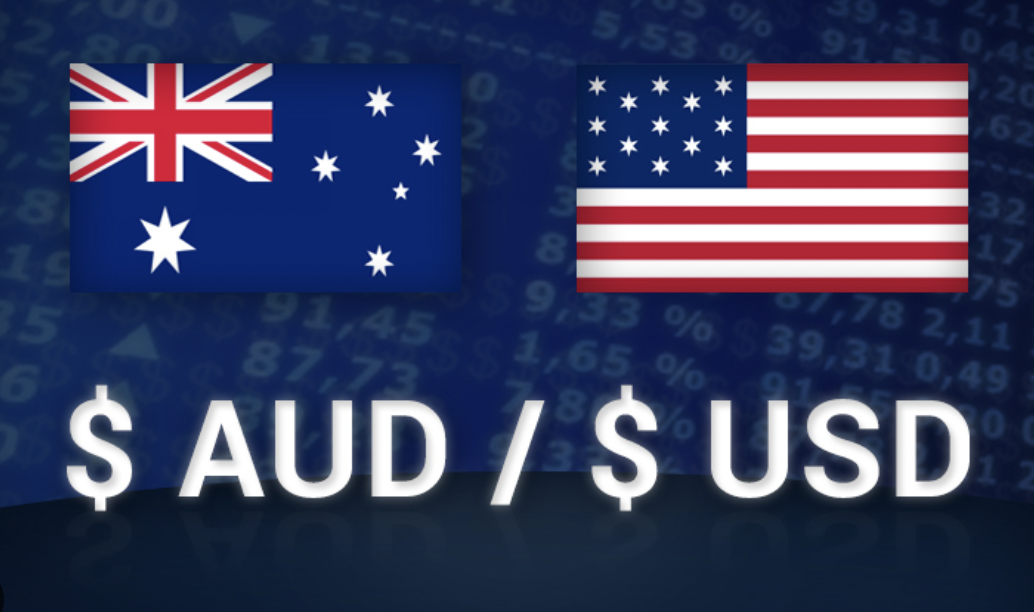
Alina Haynes
Feb 01, 2023 15:32

Mid-1.0800s intraday support is reestablished for EUR/USD on Wednesday morning, reversing Tuesday's rebound gains. This demonstrates the market's uneasiness ahead of the Federal Open Market Committee (FOMC) meeting. German economic risks to the EU, as well as mixed data from the United States and fears that Fed Chairman Jerome Powell will yet support hawks, might potentially weigh on the currency.
The Eurozone's Gross Domestic Product (GDP) for the fourth quarter (Q4) climbed 0.1% quarter-over-quarter (QoQ) on Tuesday, compared to 0.0% expected and 0.3% earlier. The year-over-year statistics were also good for the bloc, topping the market consensus of 1.8% to achieve 1.9%, compared to 2.3% previously. Nevertheless, German Retail Sales decreased 5.3% month-over-month in December, which was substantially worse than expected. Earlier in the week, the German GDP likewise disappointed EUR/USD pair speculators.
In contrast, the US Employment Cost Index (ECI) for the fourth quarter declined to 1.0% compared to market estimates of 1.1% and previous readings of 1.2%. In addition, the Conference Board (CB) Consumer Confidence index dropped from 108.3 to 107.10 in January. The US Chicago Purchasing Managers' Index (PMI) for January, which rose to 44.3 vs 41 expected and 44.9 previous readings, does not merit substantial attention.
Aside from the United States, higher profit reports from industry leaders including General Motors, Exxon, and McDonald's alleviated the economic downturn and lifted Wall Street indices. Nevertheless, the Dow Jones Industrial Average (DJIA), the S&P 500, and the Nasdaq all reported daily gains of greater than 1.0% on the previous trading day. In contrast, the yields on 10-year US Treasury notes reversed a three-day rise and returned to 3.51 percent, while their two-year equivalents plummeted to 4.20 percent.
It should be noted that JP Morgan's annual survey uncovered a reduction in inflation fears and a rise in recession fears, which tests the risk profile in the middle of pre-Fed anxiety. In spite of this, the world's largest rating agency, Fitch, forecasts that the US Consumer Price Index (CPI) would moderate to the mid-3.0% band in 2023 and the high-2.0% range in 2024, putting pressure on EUR/USD bears.
As a result of these variables, S&P 500 Futures see minor losses, while US Treasury bond rates remain sluggish and halt their slide from the previous day. This allows the EUR/USD pair to prepare for the Federal Reserve's dovish rate hike of 0.25 percentage points.
While the 0.25 basis point Fed rate hike is virtually expected and has been priced in, EUR/USD traders will also pay close attention to January activity data and Jerome Powell's ability to defend aggressive rate hikes.

Jan 31, 2023 16:55
